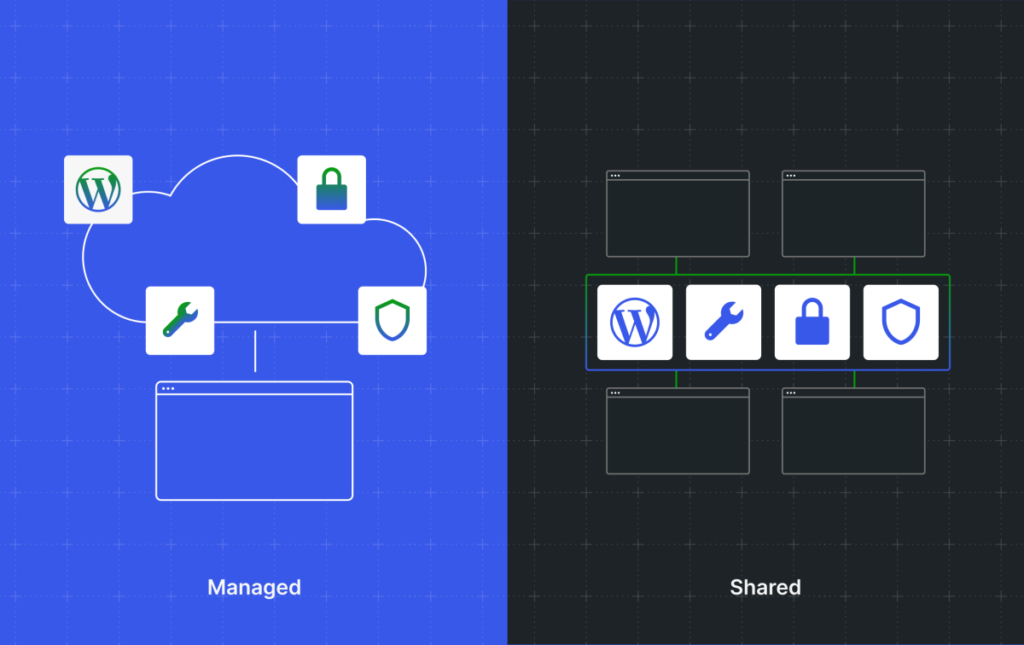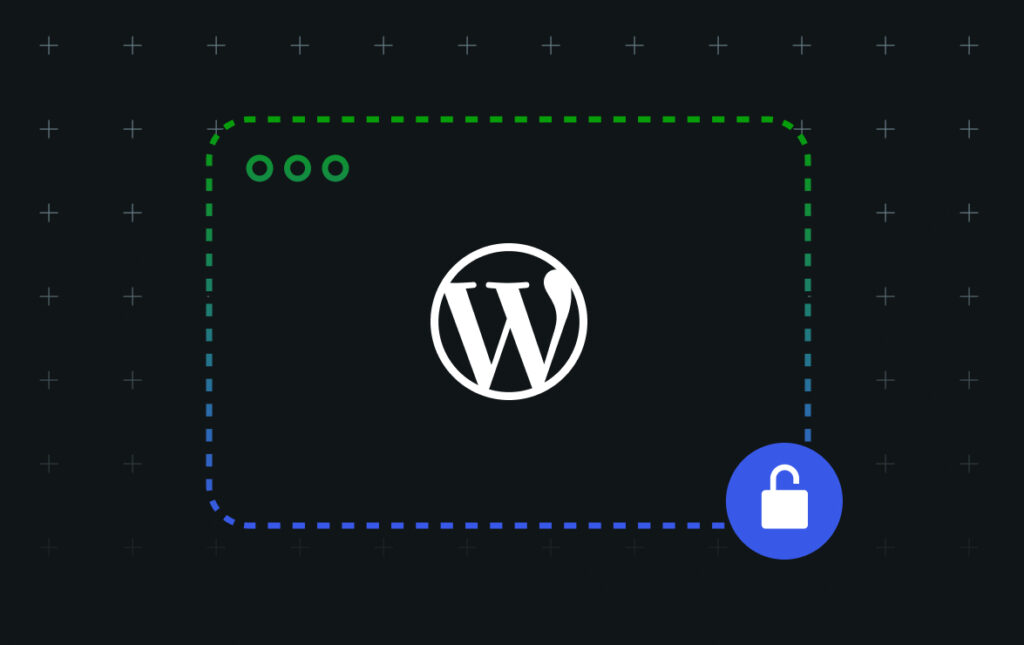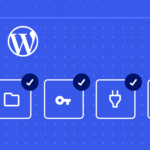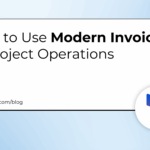Now Reading: The Ultimate WordPress Migration Checklist for Beginners
-
01
The Ultimate WordPress Migration Checklist for Beginners
The Ultimate WordPress Migration Checklist for Beginners
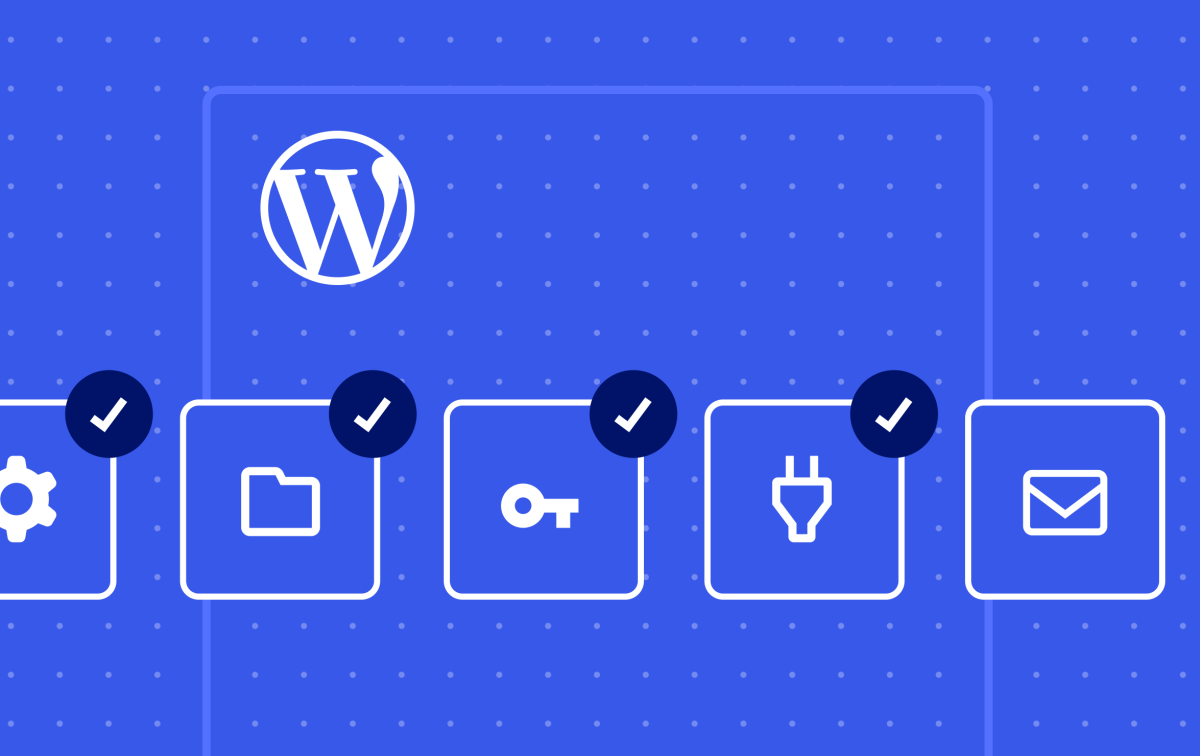
If you’re planning to move your site to WordPress.com, this step-by-step WordPress migration checklist covers everything you need for a smooth, stress-free process.
You’ll find the exact workflow and steps I’ve used to successfully move WordPress sites so that you can complete your own website migration with confidence.
TL;DR: Quick WordPress migration checklist
Here’s a quick overview of the WordPress migration checklist that’s covered in full detail in this guide:
Pre-migration steps:
- Plan and communicate: Decide when you’ll migrate, and let your visitors know via emails, social media, and a prominent notice on your homepage.
- Pause site activity: Place the site in maintenance mode and stop making changes.
- Back up the site: Create a full site backup and verify you can restore it.
- Measure site performance: Record load times, SEO benchmarks, and other metrics for comparison after the migration.
- Prepare the site: Update to the latest software versions, remove unused plugins and themes, and gather all logins.
- Practice the migration: Choose a migration method and rehearse moving the site to a safe environment, and verify the results.
- Prepare the new site: Create a WordPress site on the new host, ensure that the software versions match those on the source site, and set the search engine visibility.
During migration:
- Move the site: Start the migration process, whether you’re using a plugin or the WordPress.com migration service.
- Manage the domain: Point your domain to the new site and enable SSL. SSL encrypts data transferred between the site and the visitor’s browser to keep information private and secure.
Post-migration:
- Test the site: Explore the site to verify it looks and functions as expected.
- Check URLs: Ensure all URLs and links are working.
- Compare performance: Refer to pre-migration test results to confirm SEO and performance have remained stable or improved.
- Set visibility: Make the site accessible to visitors and search engines.
- Monitor analytics: Track key metrics to ensure service continuity.
- Cancel old host: Close your old hosting account after the migration is complete.
Let’s go through the checklist in detail so you’re fully prepared to successfully migrate your WordPress site to a new host.
WordPress migration checklist: 10 key steps
From planning and preparation to testing and monitoring, our checklist walks you through the WordPress website migration process.
1. Plan your migration and communicate clearly
Begin with a clear plan and transparent communication.
Migrations can lead to short periods of downtime, and letting people know what’s coming helps avoid confusion.
Here’s what you can do:
- Communicate: Be clear about why you’re migrating and how it will benefit your site and its audience. This will make it easier to communicate your plans effectively.
- Plan: Schedule the move during a quiet period, usually the early hours of Sunday morning, but check your analytics to see when visits and conversions are at their lowest. Take seasonal peaks, such as Black Friday, into account.
- Inform: Tell your audience what’s happening and why. Highlight the benefits of the migration, such as faster load times or improved security. Explain what to expect, including temporary unavailability or limited functionality. This helps users to be patient during any downtime.
- Communicate: Use multiple channels to reach everyone, including email, social media, and on-site banners. Include the date and time of the migration, how long it will take, and the main benefits users can expect once it’s complete.
Tip: A free plugin like My Sticky Bar makes it easy to create a site notification bar.
For example, this website uses a notification bar to announce its migration window:
2. Enable maintenance mode

Next, enable maintenance mode using a plugin.
This lets you display a clear message about the migration to visitors and prevents anyone from interacting with your site — like submitting forms or leaving comments — while the move is happening.
Here’s how:
- Install a plugin: For example, CMP – Coming Soon & Maintenance Plugin is a good free option.

- Enable maintenance mode: Turn on the plugin’s maintenance mode and add a custom message for your visitors.
In addition to displaying a custom message and restricting access to your site, a good migration plugin will also return a “503 Service Temporarily Unavailable” status code.
This code signals to search engines that any downtime is temporary, helping to protect your rankings.
You can also use an online tool or PowerShell to check the HTTP status code of your site:
curl.exe -I https://yourgroovydomain.com
Don’t make any changes to your site while it’s in maintenance mode. This ensures no data or changes are lost during the move.
3. Create and verify a site backup

Before migrating, create a complete site backup (including files and database) to protect against data loss.
- Create a backup: A backup plugin makes it easy to back up your site. Popular options include UpdraftPlus and Jetpack VaultPress Backup (included on the WordPress.com Business and Commerce plans).
- Store safely: Save your backup files off-site, such as on your computer or in cloud storage.
- Verify the restore: Ensure the backup can be successfully restored before beginning the migration. Use a staging site or local installation for testing.
Tip: Our guide to backing up WordPress sites has step-by-step instructions and extra advice.
4. Audit SEO and performance

From here, record your site’s current performance and SEO metrics before migration.
This provides a clear baseline, so you can confirm that everything is working as expected once the move is complete.
Follow these steps:
- SEO audit: Note your top-ranking pages, keyword visibility, and traffic levels, using tools like Google Analytics (GA4) and Google Search Console.
- Page speed: Record load times using the WordPress Speed Test tool and Google PageSpeed Insights.
- Core Web Vitals: Note FCP, LCP, CLS, TTFB, and TBT metrics. Together, these show how quickly your site loads, how smooth it feels to use, and whether anything shifts or delays interaction.
Tip: This data can be used after the migration to verify the success of the move.
5. Update and prepare your site

Next, prepare your site for migration by making sure everything’s up to date and ready to move.
Give your site a quick cleanup and compatibility check so the migration goes smoothly and nothing unexpected breaks along the way:
- Update everything: Update WordPress core, themes, plugins, and PHP to the latest versions.
- Clean up: Remove any plugins or themes you no longer need. For example, WordPress.com already offers various features like caching, security, backups, and performance optimization, so plugins in those categories aren’t needed after the migration. Temporarily disable any caching, firewall, and redirection plugins before migrating to avoid conflicts.
- Gather credentials: Record all account login details for your site, including those for hosting and third-party services.
- Check compatibility: Note any plugins, themes, or custom code that may need to be replaced. Check which plugins are incompatible with WordPress.com hosting to see if you’ll need to find alternatives.
6. Practice the migration in a safe environment

You can now choose a migration method and set up a safe environment to practice moving your site.
Here’s how:
- Choose a migration method: The Migrate to WordPress.com plugin makes it very easy to move your site to WordPress.com, with most sites completing the migration in less than 10 minutes.
- If you have either the WordPress.com Business or Commerce plan, our expert team can handle the migration for you at no cost, while your live site remains unaffected.
- Create a test environment: Set up a staging site, a WordPress.com test site, or a local WordPress installation to practice the migration.

Tip: If migrating your WordPress site to another web host, refer to this step-by-step guide.
7. Prepare your new WordPress site

In the final step before the move, get the new site ready and check that your new hosting plan meets your requirements.
Review the following:
- Figure out domain setup: Decide whether your site will use a new domain or continue with the existing one after the move. Using your existing domain with WordPress.com hosting is straightforward, and the documentation walks you through the steps.
- Create a new WordPress site: Set up a fresh WordPress installation at your new host. Keep it empty — don’t add posts, pages, or extra settings — so there’s nothing that could conflict with the content you’ll import. Make sure it’s running the latest versions of WordPress and PHP to match your current site.

- Manage search engine visibility: Instruct search engines not to index the new site (not yet). This is enabled by default for new sites on WordPress.com as part of the coming soon mode.
- For other hosts, enable the “Discourage search engines from indexing this site” setting (WP Admin → Settings → Reading).

- Check hosting plan resources: Find out how much storage and bandwidth your site uses (this information is available from your current host). Make sure the new hosting plan meets these requirements. WordPress.com plans have unmetered bandwidth and varying amounts of storage.
- Assess your new hosting plan: Check whether it has features that can replace plugins you’re currently using. For example, the WordPress.com plans include many features, such as forms, backups, security, and SEO tools.
8. Transfer your site and its content

Once you’ve tested the migration and prepared the new site, it’s time to move your WordPress site to its new home.
- Start the migration: Use the same method as when you tested the migration. If moving to WordPress.com, this could be the done-for-you service or the Migrate to WordPress.com plugin. Follow this guide if moving to another host.
- Set site visibility: The coming soon mode is enabled by default on new WordPress.com sites, but you should check that it’s still active after the migration.

9. Connect your domain and secure the site
After the migration, connect your domain and enable SSL so visitors can safely use the site.
Make sure to:
- Update domain settings: Change the nameservers or DNS records at your domain registrar so that your domain points to your new hosting provider. This guide explains how to connect a domain to a site hosted by WordPress.com.

- Enable SSL: This ensures the site loads over “https://” and data is encrypted as it is transferred between the site and the visitor’s browser to keep it private and secure. Some hosts take care of this for you. For example, SSL is enabled by default on sites hosted by WordPress.com.

10. Test, redirect, and monitor

Make sure that everything works correctly and your SEO and performance are intact after migration.
Here’s what to consider:
- General verification: Visually check that all posts and pages have been transferred and load correctly. Verify the theme, plugins, menus, forms, logins, and all eCommerce features work as expected.
- Mobile responsiveness: Ensure your site functions smoothly across different devices.
- Meta tags and headings: Check that the title tags, meta descriptions, and heading structures of your content are intact.
- Redirects: If using your existing domain, visitors will be automatically directed to your new site and its pages when following a link or entering a URL. If you’ve changed the URLs of any content, create 301 redirects for them to preserve SEO and prevent broken links. Use this free online tool to check that the redirects are working.
- Error pages and broken links: Use Google Search Console to identify and fix 404 errors or missing pages.
- Backlinks and internal links: Refer to your SEO audit from Step 4 and verify that high-value backlinks and internal links still point to the correct pages.
- Sitemaps and robots.txt: Use Google Search Console to check that your site’s XML sitemaps are up to date and accessible, and that your site’s robots.txt file isn’t causing any issues.

- Compare performance: Rerun site speed tests using the same tools to confirm your site performs as well as or better than before.
- Make your website public: Make sure the “Discourage search engines from indexing this site” option isn’t checked.

- Monitor: Track site analytics, including Jetpack Stats and Google Search Console for any traffic or ranking changes.
- Cancel old hosting: Once everything is stable, decommission your site’s previous hosting environment.
Testing, checking redirects, and monitoring your site are the final steps in a successful migration.
Tip: If you’re moving to the WordPress.com Business or Commerce plan, you can use the Site Monitoring tool to detect and resolve many of these issues.
Move your WordPress site with confidence
This checklist walks you through every step of migrating a WordPress site to a new host.
If you’re moving to WordPress.com, you can use either the migration plugin or — on Business and Commerce plans — our free migration service to handle the process for you.
WordPress.com also gives you strong performance, reliable uptime, built-in security, and access to plugins on all paid plans.
With the right preparation and a clear plan, your site will migrate smoothly, keep its SEO intact, and stay accessible to your audience throughout the transition.
Original Post https://wordpress.com/blog/2025/11/26/wordpress-migration-checklist/

